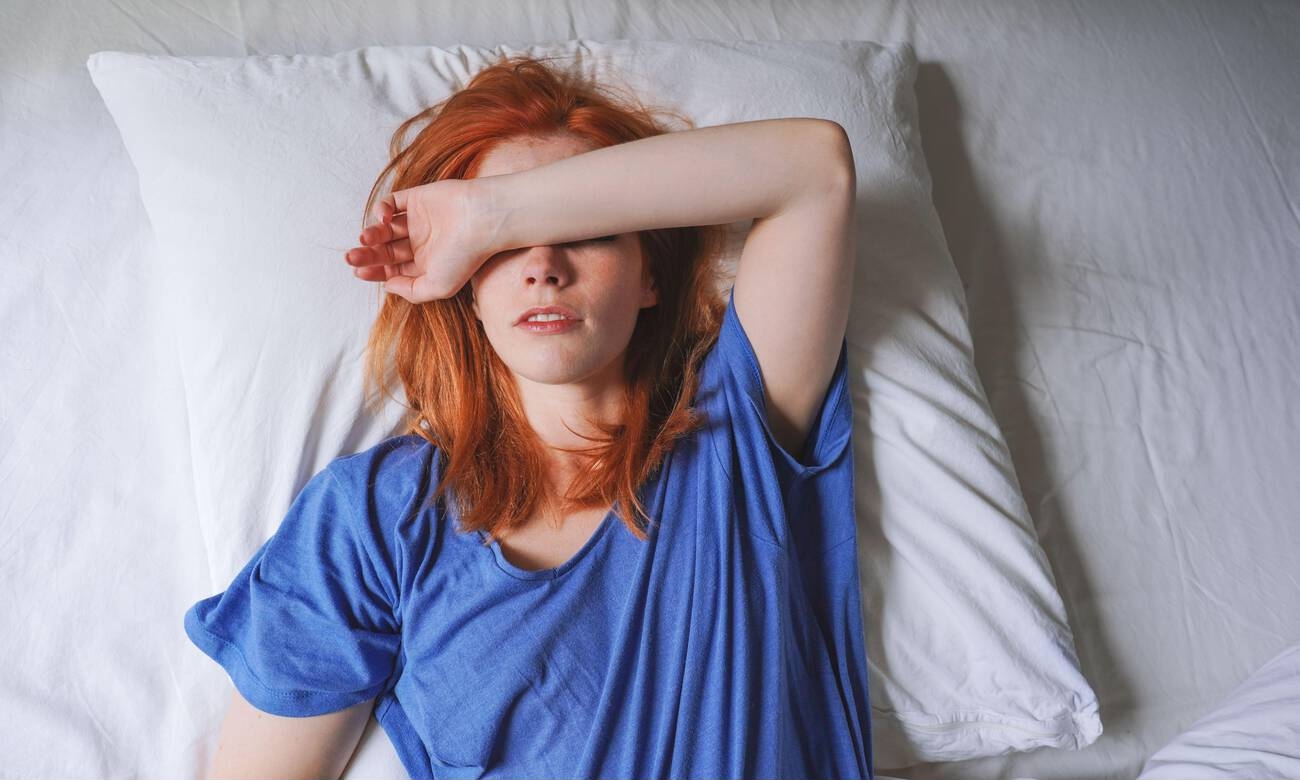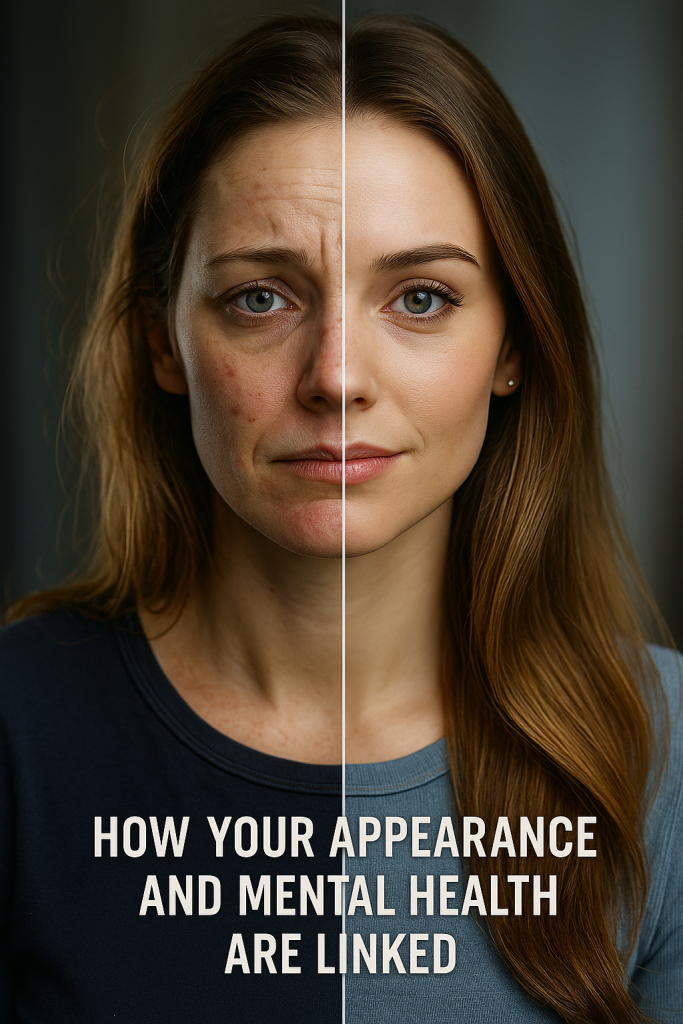Are you curious about the connection between light sensitivity and hazy vision? Ever wondered if one can cause the other? In this article, we will delve into expert opinions to explore this intriguing topic. While there is no direct link between these two conditions, they often occur together as symptoms of underlying medical issues. From eye infections to other factors contributing to hazy vision in light-sensitive individuals, we’ll provide valuable insights and recommendations for managing these concerns. So let’s dive in and uncover the truth behind light sensitivity and hazed vision!
Understanding Light Sensitivity and Its Effects on Vision
If you experience light sensitivity, it can cause hazed vision and affect your ability to see clearly. Light sensitivity, also known as photophobia, can have a significant impact on your daily activities. Bright lights, sunlight, and even computer screens can trigger discomfort and make it difficult to focus on tasks. Effective coping strategies for light sensitive individuals include wearing sunglasses or tinted glasses to reduce the amount of light entering the eyes. Protective eyewear plays a crucial role in managing light sensitivity and providing relief from symptoms. Furthermore, light sensitivity can also affect driving and outdoor activities. The glare from headlights or sunlight can make it challenging to navigate safely. Living with light sensitivity can also have a psychological impact, leading to feelings of frustration, isolation, and anxiety. It is important to seek support from healthcare professionals who can provide guidance and help develop personalized strategies for managing this condition effectively.
The Link Between Light Sensitivity and Blurred Vision
You may experience blurred eyesight when you are sensitive to bright lights. Light sensitivity, also known as photophobia, can be a bothersome symptom that affects your daily activities. The impact of light sensitivity on your vision can make it difficult to see clearly and can cause hazy vision. However, there are potential treatments for light sensitivity and blurred vision that can help alleviate these symptoms.
To prevent and manage light sensitivity in different environments, it is important to wear sunglasses or tinted lenses that provide UV protection. These protective measures can reduce the amount of light entering your eyes and help reduce the hazy vision caused by bright lights. Additionally, using hats or visors to shield your eyes from direct sunlight can also be beneficial.
In order to improve visual clarity and reduce hazy vision in light-sensitive individuals, it is recommended to adjust the lighting in your environment. Using dimmer switches or installing blinds or curtains can help control the amount of light entering a room. Furthermore, taking breaks from screens and electronic devices can give your eyes a rest and alleviate strain.
Overall, managing light sensitivity involves finding ways to minimize exposure to bright lights and protecting your eyes with proper eye wear. By following these tips and seeking appropriate treatment options, you can improve your visual clarity and reduce hazy vision caused by light sensitivity
Common Medical Conditions That Can Cause Light Sensitivity and Hazed Vision
When experiencing blurred eyesight and sensitivity to bright lights, it is important to consider common medical conditions that can contribute to these symptoms. Light sensitivity can cause hazed vision and may be a result of various factors. Here are three common medical conditions that can cause light sensitivity and hazed vision:
- Diabetes: High blood sugar levels in diabetes can damage blood vessels in the retina, leading to blurred vision and increased sensitivity to light.
- Eye Infections: Infections such as conjunctivitis and keratitis can cause inflammation of the eye, resulting in blurred vision and increased light sensitivity.
- Multiple Sclerosis: This autoimmune disease affects the optic nerve, causing optic neuritis which leads to blurry sight, loss of color vision, eye pain, and heightened sensitivity to light.
To manage light sensitivity and hazed vision caused by these conditions, it is crucial to seek proper medical diagnosis and treatment from healthcare professionals specialized in ophthalmology or neurology. They can provide appropriate management strategies tailored for each specific condition.
Exploring the Relationship Between Light Sensitivity and Eye Infections
The relationship between light sensitivity and eye infections can be further understood by examining the symptoms and causes of these infections. Light sensitivity, also known as photophobia, is a common symptom experienced by individuals with various eye infections. When the eyes are infected, they become more sensitive to light, causing discomfort and even pain when exposed to bright lights. This impact of light sensitivity on vision is often accompanied by other symptoms such as redness, pain, and blurred vision.
Eye infections can be caused by various medical conditions such as conjunctivitis (pink eye), keratitis, uveitis, endophthalmitis, and optic neuritis. These infections result in inflammation of different parts of the eye which leads to hazed vision and increased sensitivity to light. In addition to medical conditions, other factors like eyestrain or corneal abrasion can also contribute to hazed vision in individuals with light sensitivity.
Understanding the correlation between light sensitivity and blurred vision helps healthcare professionals diagnose and treat eye infections effectively. By addressing both symptoms simultaneously, appropriate measures can be taken to alleviate discomfort and restore clear vision for patients suffering from these conditions.
Other Factors That Can Contribute to Hazed Vision in Light-Sensitive Individuals
Eyestrain and corneal abrasion are two additional factors that can contribute to blurred vision in individuals who are sensitive to light. These factors can worsen the hazed vision experienced by those with light sensitivity. To help you understand this topic better, here are three key points:
- Impact of medications on light sensitivity and hazed vision: Certain medications, such as antihistamines or antidepressants, can increase sensitivity to light and cause blurred vision. It is important to consult with your healthcare provider about any potential side effects of your medications.
- Lifestyle modifications for managing light sensitivity and hazed vision: Making changes like wearing sunglasses outdoors, reducing screen time, practicing good eye hygiene, and managing stress levels can help alleviate symptoms of light sensitivity and improve overall vision clarity.
- Role of eye protection in reducing light sensitivity and hazed vision: Wearing protective eyewear, such as polarized sunglasses or blue-light blocking glasses, can provide relief from harsh lighting conditions and reduce the occurrence of hazed vision.
Remember to consider the psychological effects of light sensitivity and hazed vision, as these symptoms may impact your quality of life. Additionally, maintaining a healthy diet rich in nutrients like vitamin A can support optimal eye health and potentially reduce the severity of these symptoms.
Expert Insights and Recommendations for Managing Light Sensitivity and Hazed Vision
Managing light sensitivity and hazed vision can be improved by implementing lifestyle changes, such as wearing sunglasses, reducing screen time, and practicing good eye hygiene. Coping strategies for light sensitivity involve minimizing exposure to bright lights and using tinted lenses or filters. Light sensitivity can have a significant impact on daily activities, making it difficult to go outside or engage in tasks that require focus. Treatment options for hazed vision may include prescription eyewear or medications to reduce inflammation in the eyes. Prevention methods for light sensitivity include avoiding triggers like fluorescent lights or excessive screen time. Sunglasses play a crucial role in managing light sensitivity by providing protection against harmful UV rays and reducing glare. By incorporating these strategies into your daily routine, you can better manage light sensitivity and improve your overall visual comfort.




